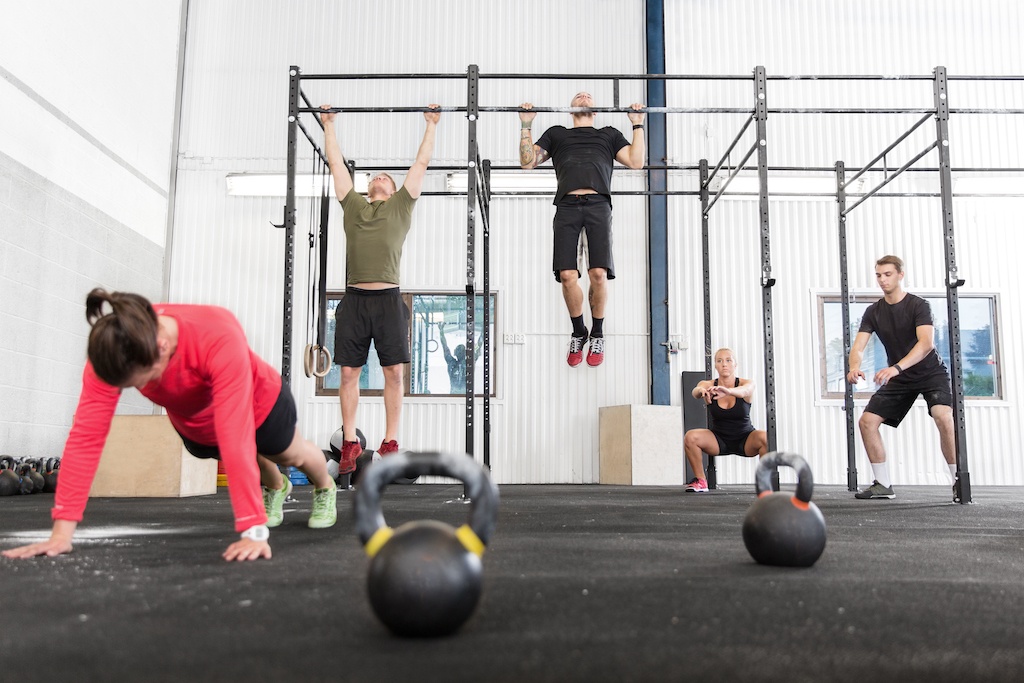With the holidays behind us and the ringing in of the New Year, many people are asking me to develop a training regimen for them or evaluate their current program. That process starts with me asking for their goals. If they answer, “To get in shape,” I tell them that is too broad. We need tangible goals that we can measure to work toward something you can achieve, rather than weighing yourself. Being “in shape” is simply a byproduct of working your butt off toward a much more specific goal.
Recently, the trend among fitness enthusiasts has been about not getting bored with your workouts. Every day has a new routine so in theory you’ll never get bored. However, just the opposite occurs. Most people lose interest or become frustrated when they don’t quickly see improvement in themselves or their performance. Working out for the sake of working out is boring. When I speak of tangible goals, I simply mean something you measure or chart in the way of progress; you were able to lift more weight, improve your time when running a specific distance or increasing the distance of the run, or increase the number of reps with your bodyweight.
Challenge yourself for the next three months. Get out of your comfort zone, truly assess your fitness level and address areas of weakness.
The issue with the “get in shape” mentality is people typically only use one measuring stick for success – the scale. In reality, the scale is the poorest of all determining factors when assessing physical fitness or marking progress of a fitness program. A more effective manner to gauge if you are “in shape” is to train for something specific and then test yourself periodically. Your training goal could be to improve your strength, run a farther distance, or run a distance faster.
Competitive athletes take their training seriously and look the way they do because they train for specific endeavors and attainable goals. That training is consistent and driven by a definitive purpose. The programs they follow make them faster, stronger, and more efficient, all while inspiring them to get to the gym and push themselves further each day. Those strong, lean bodies are simply a byproduct of accomplishing difficult but attainable goals.
Are you training with a purpose or are you just working out?
So, are you training with a purpose or are you just working out? There is a difference. Most people show up to the gym for some random work out with no purpose other than moving around and watching the calorie counter. Many of you may have never considered yourselves an athlete. Just because you don’t enter a competitive competition doesn’t mean you can’t train like someone who does.
Challenge yourself for the next three months. Get out of your comfort zone, truly assess your fitness level and address areas of weakness.
- Choose four or five compound movements to test yourself- Compound means the movement utilizes more than just one muscle group. For example, squats, chin-ups, push-ups, dips or bench press. All of these exercises have a primary muscle it works and several secondary muscles that assist with the movement. The more muscles involved the better.
- Test yourself to see how strong you are in the chosen movements- This can be done in the form of a one-rep maximum lift, which I do not encourage if you are not accustomed to training with heavy weight, or with a chosen weight to see how many repetitions you can get. Body weight movements are a good choice as there is less opportunity for injury.
- Establish a baseline- Once you have established your baseline of strength spend the next 12 weeks concentrating on those movements. Center your training on those movements and add a couple of exercises that work the muscles that support that movement.
- Focus yourself- Have the mindset that you are going to get better at those chosen exercises. Work at them several days a week. Variety is overrated. Find exercises that are hard and continue to do them until you are good at them. Walk into the gym with a mission.
At the end of the 12 weeks, test yourself again and marvel at your progress. Small accomplishments and mental victories go a long way to keep people motivated to go to the gym. Champions don’t work out, they train with a purpose.







Recent Comments